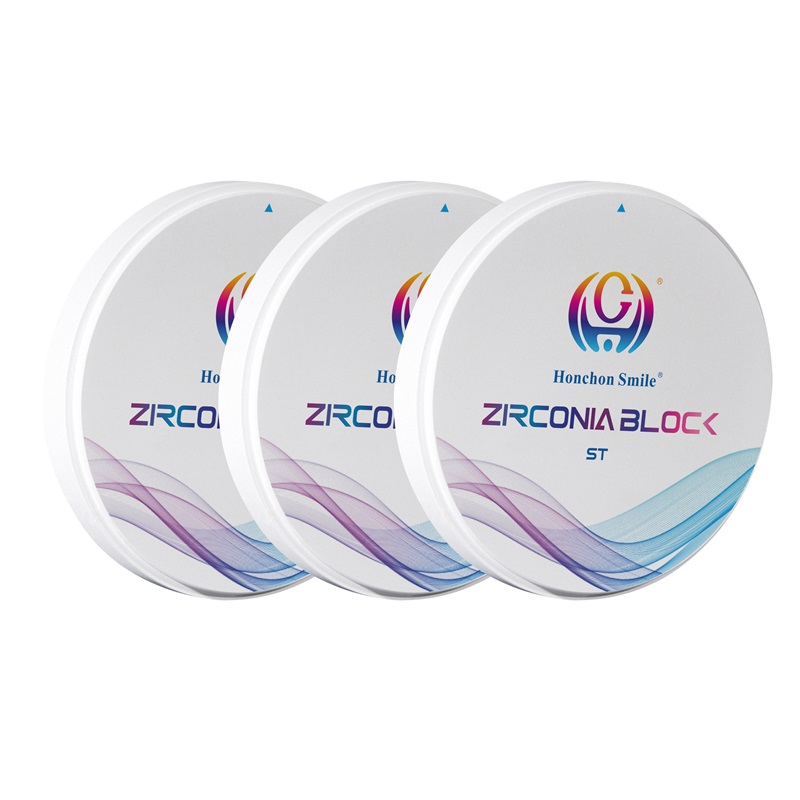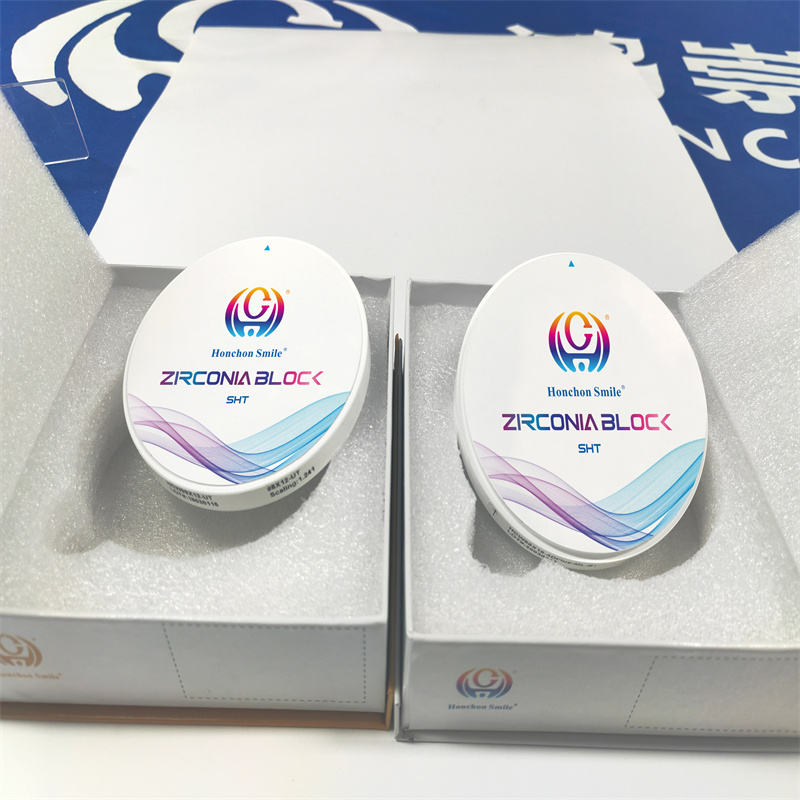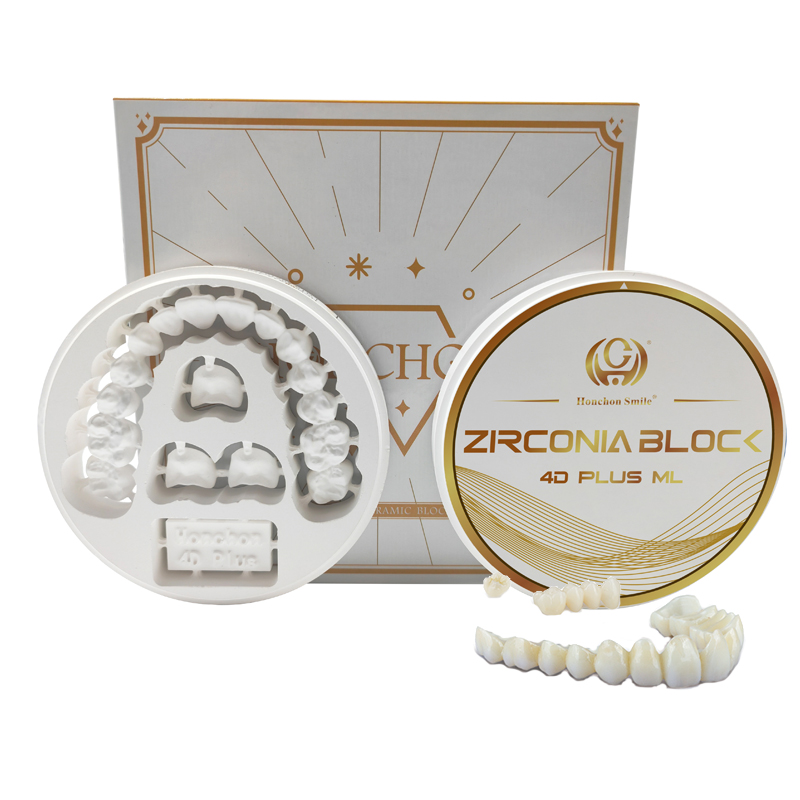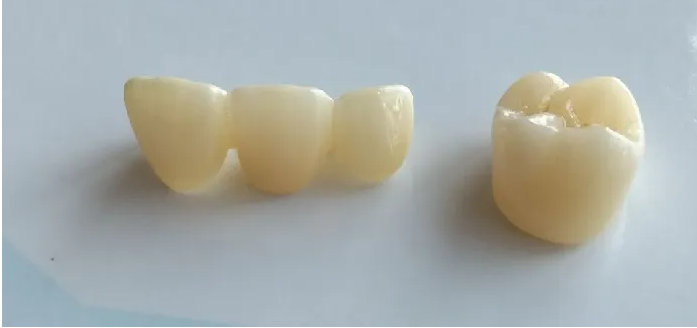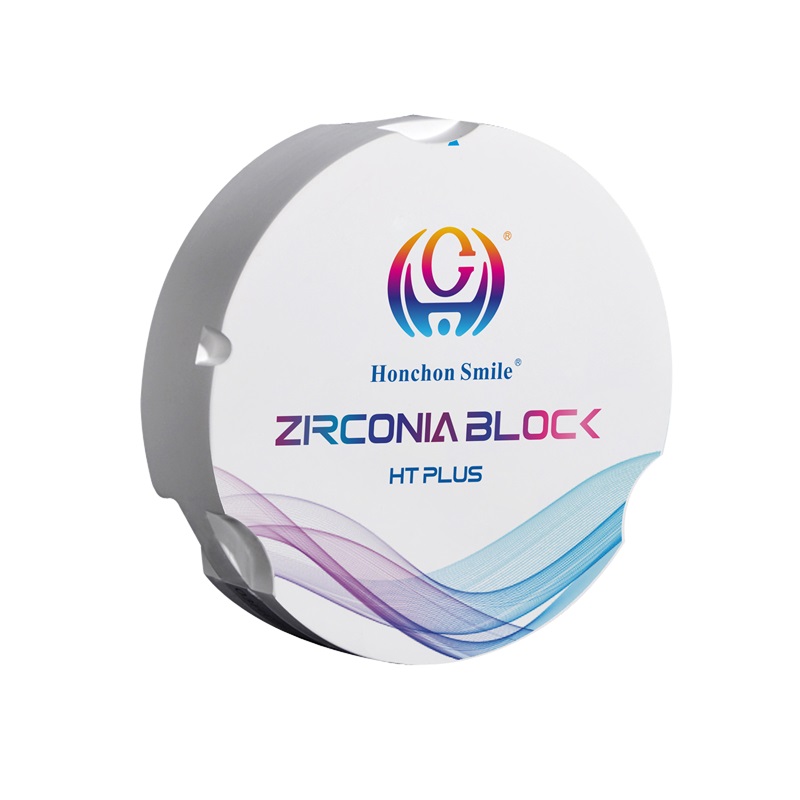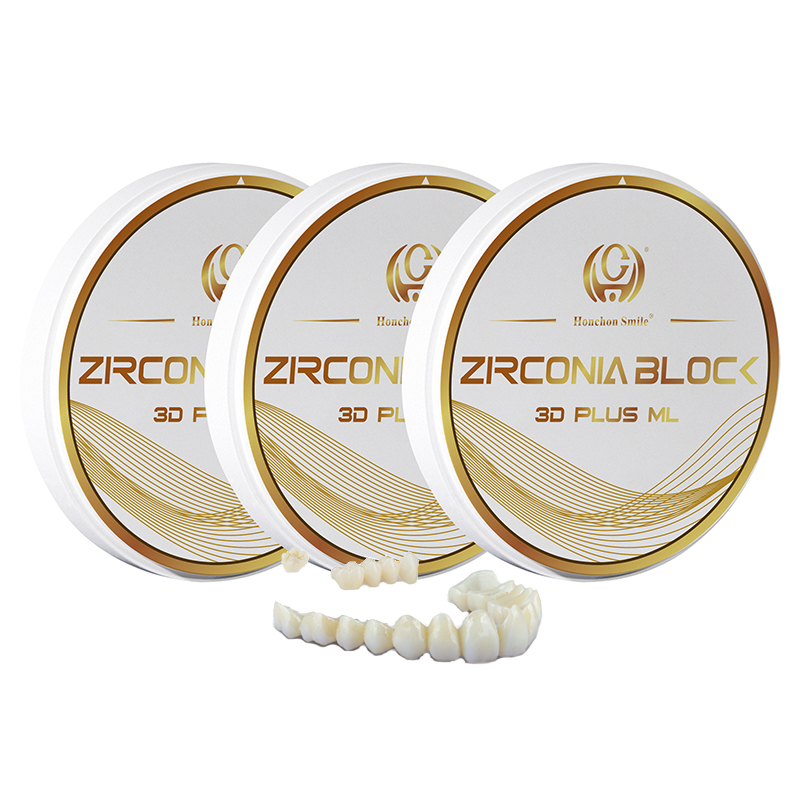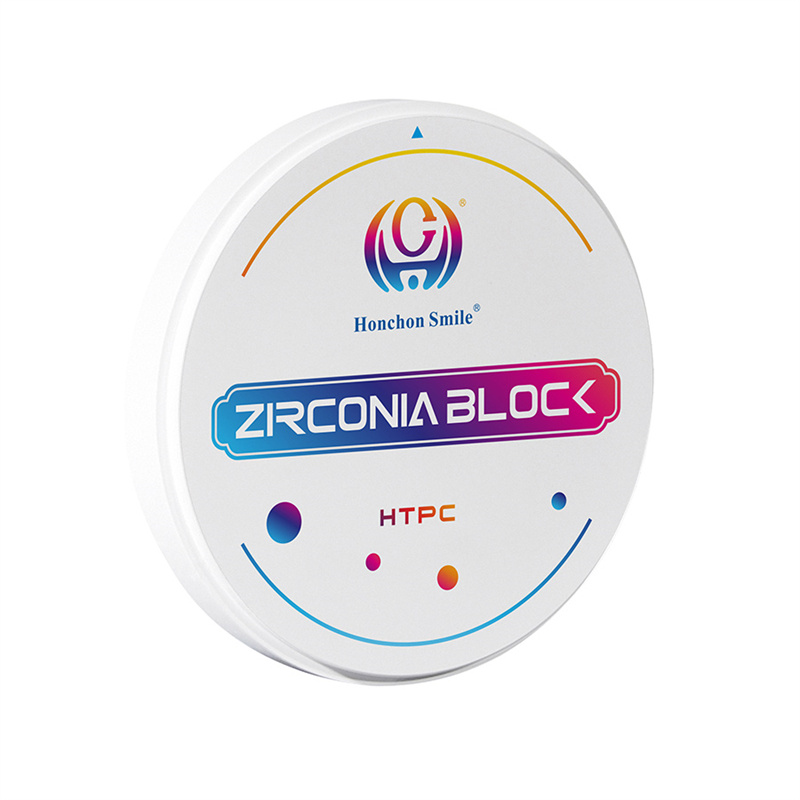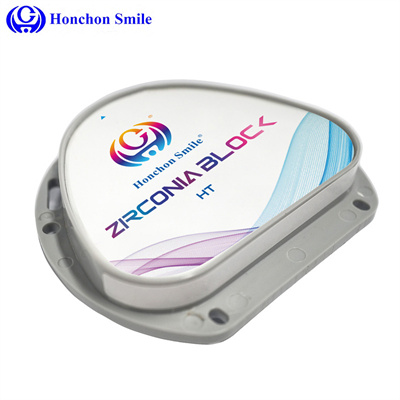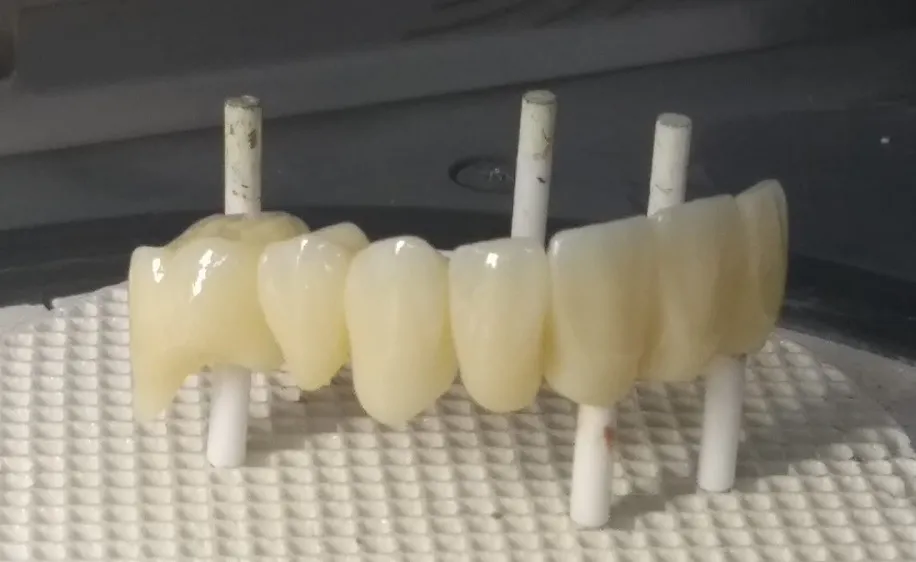Talking About the Inlay Repair Technology of Contemporary Tooth Defects
2025-02-10
Talking About the Inlay Repair Technology of Contemporary Tooth Defects
In modern dentistry, the restoration of tooth defects using inlays has become a highly effective method for repairing damaged teeth. This article aims to explore the fundamentals of inlay repairs, the materials used, the latest technological advancements, and clinical applications.
Understanding Inlays
Inlays are a type of indirect restoration that fit into the grooves of a tooth, effectively replacing the damaged structure while maintaining the tooth's integrity. They are typically used for moderate to severe cavities where traditional fillings may not suffice. The primary objective is to restore the tooth's function and aesthetics.
Types of Inlay Materials
Several materials are commonly used for inlays, each with its own unique properties:
Composite Resin: These materials are tooth-colored and provide excellent aesthetic results. They bond well to the tooth structure but may wear down faster than other materials.
Porcelain: Known for their natural appearance, porcelain inlays mimic the translucency of natural teeth. They are resistant to staining and are a popular choice for visible teeth.
Gold: While less commonly used today, gold inlays are highly durable and can withstand significant chewing forces. However, their metallic appearance may not be desirable for front teeth.
Ceramic: This material combines strength and aesthetics. It is commonly used in conjunction with CAD/CAM technology, allowing for precise customizations.
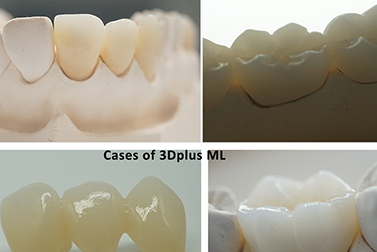
Repair Techniques
Advancements in dental technology have significantly improved inlay repair techniques:
CAD/CAM Technology: This computer-aided design and manufacturing process allows for precise measurements and quick production of custom inlays. The dentist can create a digital model of the tooth and design the inlay accordingly, resulting in a perfect fit.
3D Printing: Emerging 3D printing technology enables the rapid production of inlays, reducing the time patients spend in the dental chair and enhancing accuracy.
Digital Impressions: Digital scanning techniques have replaced traditional molds, providing more accurate impressions of the tooth and surrounding areas. This leads to better-fitting inlays and a more comfortable experience for the patient.
Clinical Applications
Inlays can be used in various clinical situations, including:
Repairing Cavities: Inlays are particularly effective for repairing cavities in back teeth, where strength and durability are crucial.
Aesthetic Enhancements: For patients looking to improve the appearance of their smile, porcelain inlays can blend seamlessly with natural teeth, restoring aesthetics without compromising function.
Preventing Further Damage: By restoring the tooth structure, inlays can help prevent further decay or damage, thereby extending the life of the tooth.
Patient Experience and Satisfaction
Patients generally report high satisfaction with inlay restorations due to their durability, functionality, and aesthetic appeal. It’s essential for dental practitioners to communicate effectively with patients regarding the benefits and limitations of each material choice, ensuring they make informed decisions based on their individual needs.
Conclusion
Inlay repair technology has evolved significantly, offering patients durable and aesthetically pleasing solutions for tooth defects. With advancements in materials and techniques, such as CAD/CAM and 3D printing, contemporary inlays provide reliable options that enhance both function and appearance. As dental practices continue to adopt these innovations, patients can expect improved outcomes and satisfaction with their dental restorations.
This detailed exploration of contemporary inlay repair technology highlights its importance in modern dentistry, ultimately aiming to improve patient care and enhance smiles.
honchon smile is a professional dental zirconia block manufacturer and supplier. We provide high-quality dental zirconia blocks, multilayer zirconia blocks, pre-colored dental zirconia blocks. Welcome to discuss cooperation with us!


